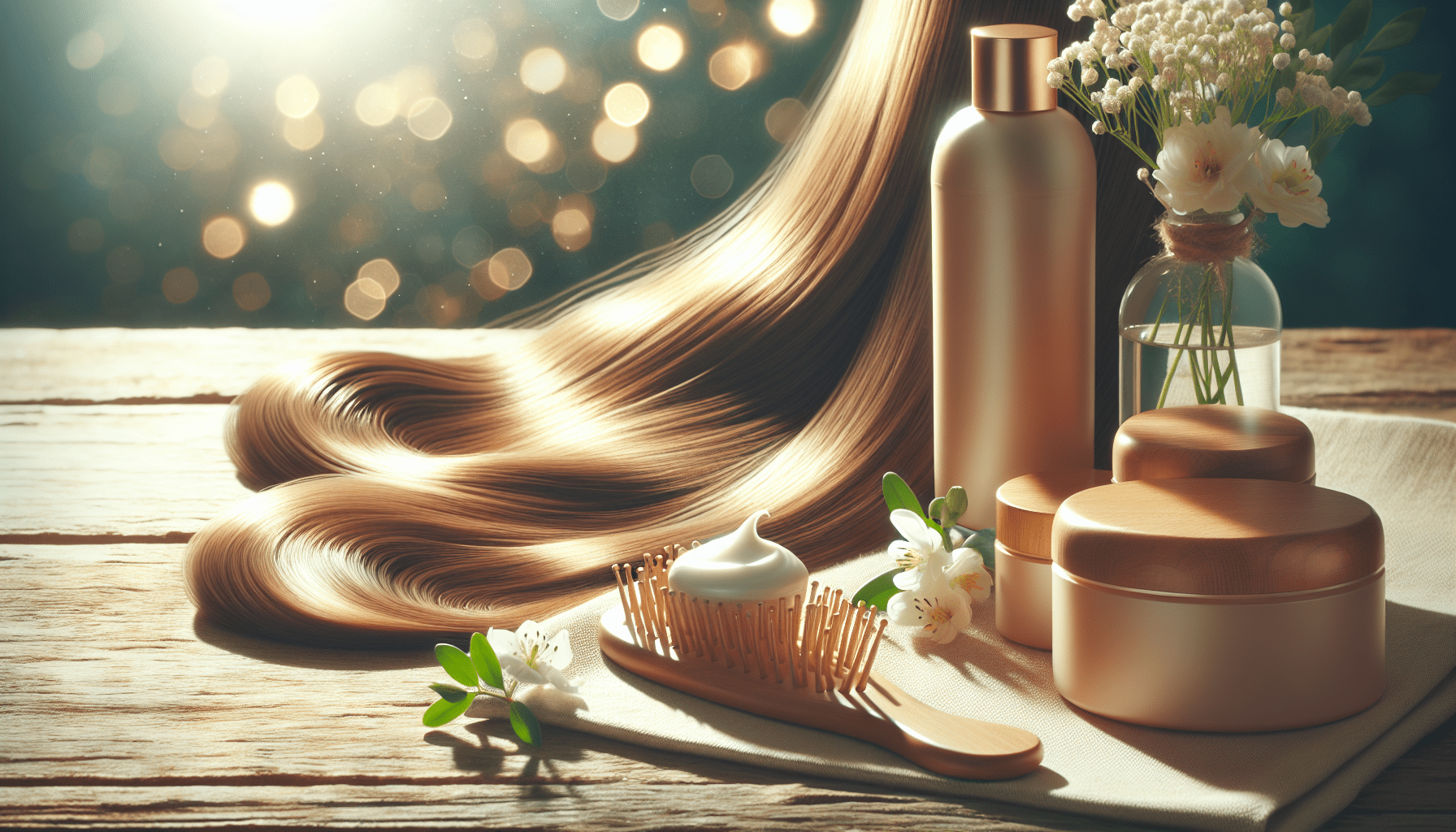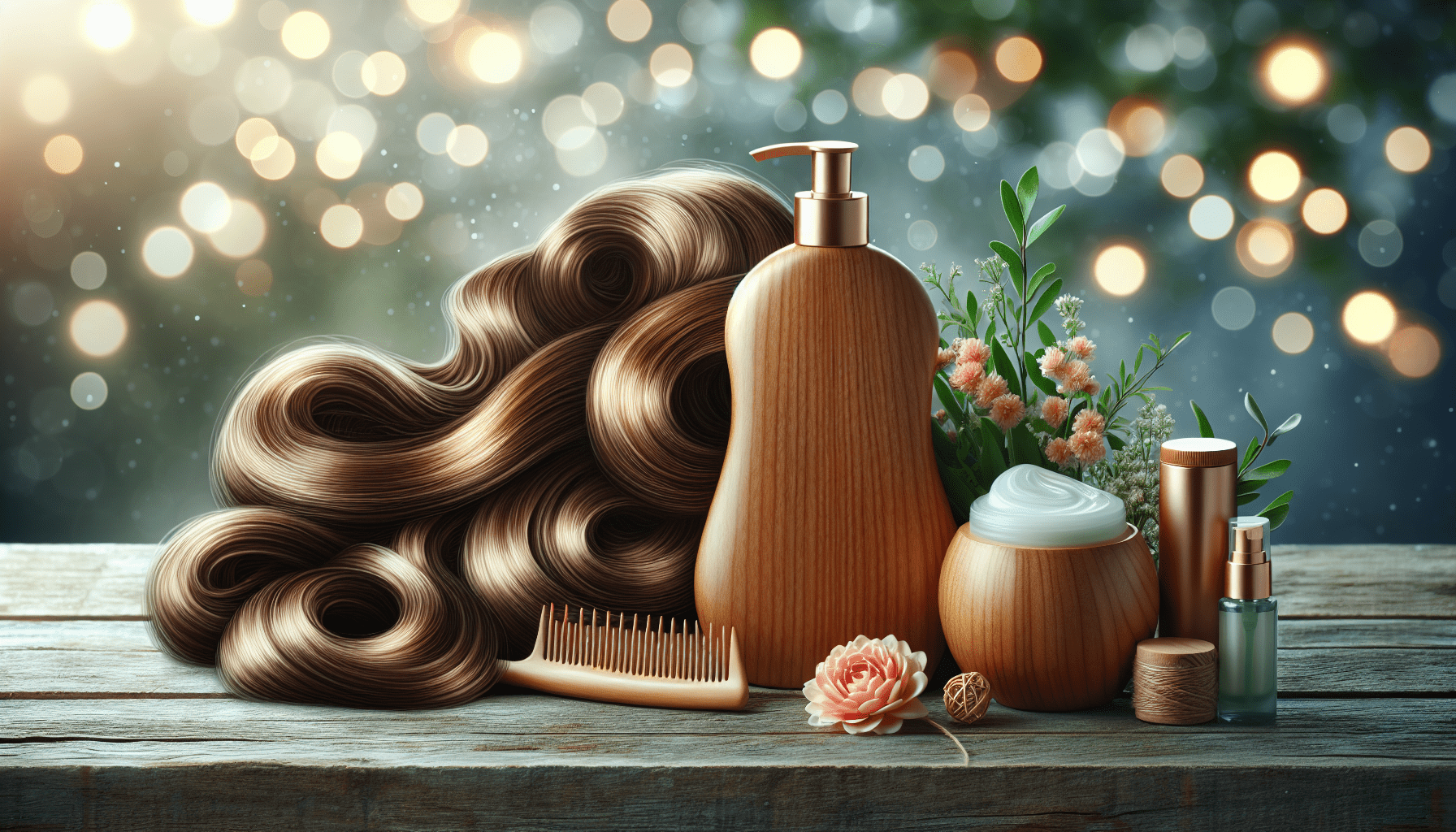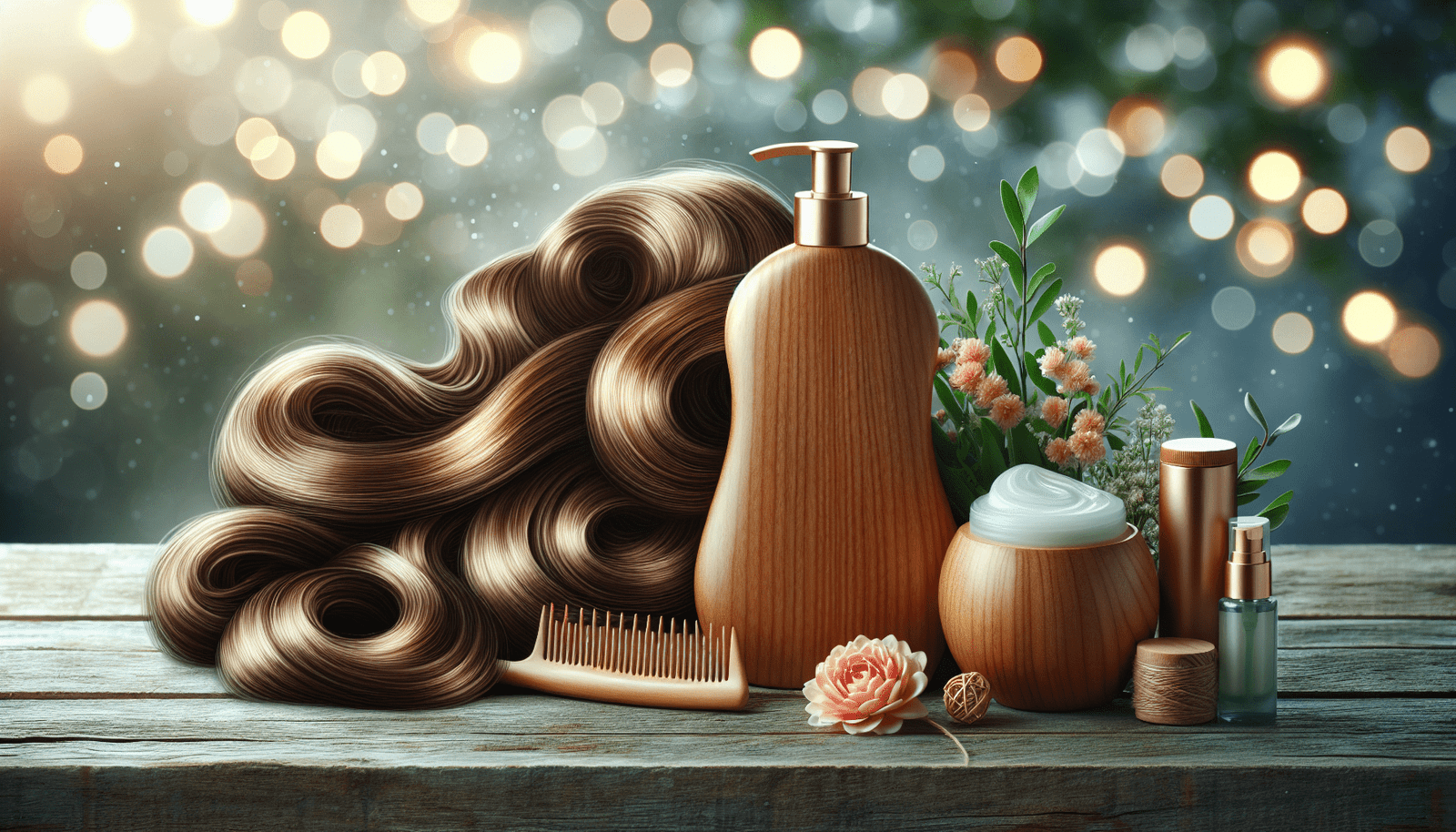Have you ever looked at your hair in the mirror and wished it looked healthier or more vibrant? You’re not alone! Taking care of your hair is essential for maintaining its beauty and health. Let’s chat about some of the best ways to care for your hair and ensure it looks fabulous every day.

This image is property of pixabay.com.
Understanding Your Hair Type
Before starting any hair care routine, recognizing your unique hair type is crucial. Each type has different needs, and catering to those can make a significant difference in how your hair looks and feels.
Hair Types
There are four primary hair types:
| Hair Type | Description |
|---|---|
| Straight | Hair lies flat and tends to be oily. |
| Wavy | Hair forms gentle waves, with a bit more texture. |
| Curly | Hair has defined curls or spirals, tends to be dry. |
| Coily | Hair forms tight curls or kinks, often very dry. |
Porosity Levels
Understanding hair porosity can also guide your care routine. Porosity determines how well your hair absorbs moisture and products.
| Porosity | Description |
|---|---|
| Low Porosity | Hair cuticles are tightly packed; struggles to absorb oils and treatments. |
| Normal Porosity | Balances moisture absorption and retention; typically easy to manage. |
| High Porosity | Cuticles are raised; often absorbs moisture quickly but can lead to dryness. |
Identifying both your hair type and porosity will enable you to make informed choices about products and routines.
The Basics: Daily Care Tips
Everyday hair care doesn’t have to be complicated. By incorporating a few essential habits into your routine, you can maintain healthy hair.
Gentle Washing
Using the right shampoo and conditioner for your hair type is vital. Here are some pointers to consider:
-
Frequency: Most people do well washing their hair 2-3 times a week. If you have oily hair, you might need to wash more often, while dry hair types may benefit from less frequent washing.
-
Product Choice: Choose sulfate-free shampoos, as they are gentler and will not strip your hair of its natural oils.
Condition Wisely
Conditioning helps to replenish moisture and protect your hair.
-
Conditioner Use: After shampooing, apply conditioner from mid-length to ends. This technique helps prevent the roots from becoming oily.
-
Deep Conditioning: Consider using a deep conditioner or hair mask once a week. This extra boost of hydration can significantly improve the health and appearance of your hair.
Your Hair’s Best Friend: Hydration
Just like your skin, your hair needs hydration to stay healthy and vibrant. Proper hydration helps to prevent breakage and frizz, leaving your hair looking luscious.
Drinking Water
You might be surprised, but hydration starts from within. Drink plenty of water throughout the day to keep your body (and your hair) hydrated. A general rule of thumb is to aim for about 8 glasses of water daily, but this can vary based on your activity level and climate.
Leave-in Conditioners
Consider introducing a leave-in conditioner into your routine. These products provide ongoing moisture and protection from environmental stressors throughout the day.
Protecting Your Hair from Damage
Everyday styling and environmental factors can take a toll on your hair. Here are ways to protect your hair from damage.
Heat Protection
If you frequently use heat styling tools, ensure you’re using a heat protectant spray before applying any heat.
- Heat Styling Tools: Limit the use of hair dryers, curling irons, and straighteners to reduce damage. When you do use them, choose lower heat settings and keep the tools moving to avoid concentrating the heat on one area for too long.
UV Protection
Just like your skin, your hair can be damaged by the sun’s UV rays.
- Hats and Scarves: Wearing a hat or scarf can help shield your hair from the sun. If you’re spending a lot of time outdoors, consider using hair products with UV protection.
Avoiding Tight Hairstyles
Styles such as tight ponytails or braids can cause tension on the hair shaft, leading to breakage.
- Gentle Styles: Opt for looser hairstyles, and consider using fabric hair ties instead of rubber bands to minimize damage.

This image is property of pixabay.com.
Regular Trims for Healthy Hair
One might think that skipping haircuts can save time and money, but regular trims are crucial for maintaining healthy hair.
Frequency of Trimming
Aim to get a trim every 6 to 8 weeks. Regular trims help eliminate split ends and promote overall hair health.
Finding the Right Stylist
Having a stylist you trust can make a world of difference. They can recommend styles and treatments that suit your hair type and lifestyle.
Nutritional Factors That Impact Hair Health
What you eat can significantly influence the health of your hair. Let’s talk about some vital nutrients for beautiful locks.
Essential Vitamins and Minerals
Certain vitamins and minerals can boost hair health.
| Nutrient | Benefits |
|---|---|
| Biotin | Supports hair growth and helps prevent hair loss. |
| Vitamin E | Improves scalp circulation and adds shine. |
| Omega-3 Fatty Acids | Nourishes hair and supports healthy growth. |
| Zinc | Aids in tissue growth and repair, preventing hair loss. |
Balanced Diet
Incorporating a variety of foods rich in these nutrients can help improve the appearance and strength of your hair. Prioritize whole grains, nuts, leafy greens, and lean proteins in your diet.

This image is property of pixabay.com.
Addressing Common Hair Concerns
Every hair type comes with its own set of challenges. Let’s break down some common hair issues and how to tackle them effectively.
Dandruff
Dandruff can be frustrating, but there are ways to manage it:
- Medicated Shampoo: Look for shampoos containing ingredients like zinc pyrithione or tea tree oil that can help reduce flakes.
- Scalp Care: Massage your scalp regularly to promote circulation and prevent buildup of dead skin cells.
Frizz
If frizz is your battle, here are some strategies to help:
-
Anti-Frizz Products: Use serums or creams designed to combat frizz. Applying them when your hair is damp can lock in moisture.
-
Humidity Control: In humid conditions, consider using a finishing spray to keep your hair in place.
Dryness
If your hair often feels dry or brittle, consider the following:
-
Moisturizing Products: Use products specifically designed for dry hair.
-
Oil Treatments: Natural oils, like argan or coconut oil, can provide a moisturizing boost that may improve your hair’s texture.
Styling Tips for a Healthy Look
Styling your hair doesn’t have to compromise its health. There are ways to elevate your look without causing harm.
Natural Hairstyles
Consider embracing your natural texture. Styles like braids, curls, or waves can often be achieved without heat, minimizing damage over time.
Experiment with Accessories
Incorporate hair accessories like clips, barrettes, or headbands to create sophisticated looks while keeping heat styling to a minimum.

Seasonal Hair Care Adjustments
Your hair needs change with the seasons, and adjusting your routine accordingly can make a significant difference.
Summer Care
- Additional Moisture: Use extra hydrating products in summer due to the sun and humidity.
- Sunscreen for Hair: Consider hair products with UV protection. A spray-on sunscreen can provide extra protection.
Winter Care
- Avoid Hot Showers: While tempting, hot showers can strip moisture from your hair. Use lukewarm water instead.
- Humidifiers: Using a humidifier at home can help combat dryness in the air, which can dry out your hair.
Stress Management for Healthy Hair
Believe it or not, stress can impact your hair, potentially leading to hair loss or changes in texture.
Mindfulness Techniques
Incorporating mindfulness techniques such as yoga, meditation, or simple breathing exercises can help you manage stress effectively.
Exercise
Regular physical activity not only reduces stress but also supports overall health, helping stimulate blood flow to the scalp, promoting hair growth.

Conclusion: Your Personalized Hair Care Routine
Creating a hair care routine tailored to your unique hair type and needs is an empowering practice. It takes time to find the right combinations and products, but the benefits for your hair are well worth the effort.
Remember, healthy hair reflects the care and attention you provide it. Listen to your hair, nourish it with love, and you’ll enjoy beautiful results that make you feel confident every day!

